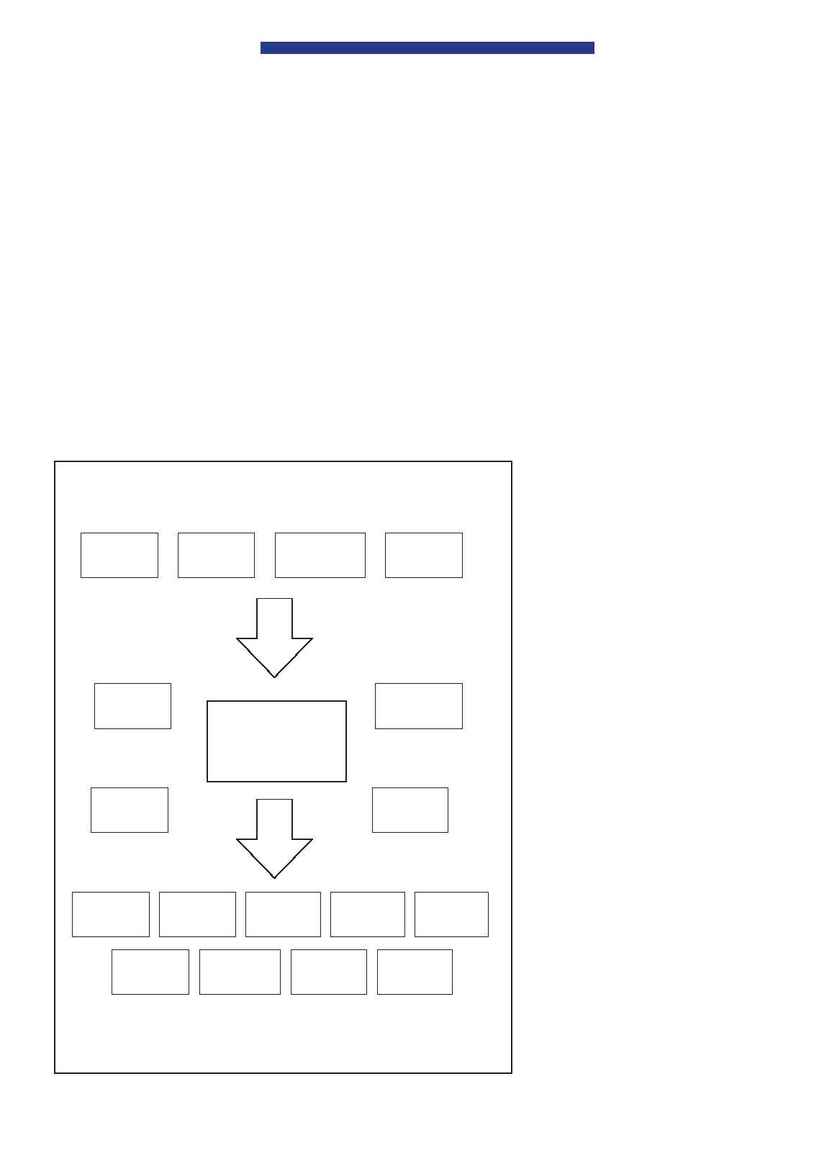
same lines, our program adopted the following measures of
performance from the handbook: efficacy, appropriateness,
effectiveness, safety, efficiency, timeliness, and availability.
The idea seemed promising at its inception. The foundation
of the unit-specific pharmacist approach would consist of order
entry by the clinical pharmacist directly from the patient's
chart soon after the prescriber completed the order. This strat-
egy would bypass the established faxing system that had car-
ried its own set of problems (e.g., errant lines, dots, and marks
misconstrued as decimal points or actual parts of the written
medication orders). The pharmacist would be able to address
all incongruities and ambiguities arising from the orders
sooner, instead of hours after they were originally written and
faxed to the pharmacy for processing and dispensing. Cur-
rently, as the pharmacist inputs the medication orders from the
laptop computers on the patient-care units, the pharmacists and
appropriate support personnel can instantly generate the labels
in the pharmacy for rapid filling and checking.
After this initial step was addressed, we focused on a clini-
cal package to include consistency of procedures, such as
switching from intravenous-to-oral routes of administration of
a pre-approved group of medications and careful reduction of
the dosage of a particular medication group after a thorough
evaluation of the patient's renal function. This innovation, in
turn, clearly helped us to update our indicators for medication
occurrences.
The unit-specific pharmacist program aided us in realizing an
evolution of "intervention indicators," that is, the point at which
we could intervene (Figure 2). Our pharmacist-intervention cat-
egories, revised by this program, easily increased in number
and were tracked and reported to reflect a more accurate pic-
ture of the value of the pharmacist's role.
During the course of the program, we noticed that the re-
porting of adverse drug reactions (ADRs) increased and the
documentation of errors became more precise and better de-
fined. Many of these reports would have "fallen through the
cracks" of our previous reporting system; with the new pro-
gram in place, the valuable and unequaled expertise of the
pharmacist could play a more important role in the detection
of medication errors. As a result, all other associated medical
professionals, armed with downloaded personal digital assis-
tants (PDAs), were able to field pharmacists' questions and ob-
tain responses from them quickly and effi-
ciently.
THE IMPLEMENTATION PROCESS
Readers of the best-selling book Who
Moved My Cheese?
know the difficulty of at-
taining any change in an ingrained and
learned procedure. Our plan was a sound
one, and initially only two pharmacists were
interested in "swimming in this fishbowl,"
that is, out of the normal pharmacy depart-
ment environment.
As we presented our proposal to our ad-
ministrative staff, interest in our ideas spread
throughout the system. Our administration,
carefully concentrating on the theme of pre-
venting medication errors, was easily con-
vinced of the validity of the program and
agreed to hire a full-time pharmacist for the
day shift if the smaller-scale pilot program
turned out to be successful. By comprehen-
sively reorganizing and restructuring the
daily tasks of the pharmacy staff, we were
able to dispatch one of our pharmacists to a
medicalsurgical floor (including the cardiac
care unit). After a few months, our adminis-
trators agreed to hire the additional full-time
pharmacist and we extended our program
to another floor that housed the oncology,
medicalsurgical, psychiatric, and intensive-
care units. The improved rapport that soon
developed with the staff of each nursing unit
was later found to be the pivotal step in the
success in our program.
As expected, the nursing administration
and nursing education staffs were extremely
supportive of our efforts. Their enthusiasm
Unit-Specific Pharmacists
52 P&T
®
· January 2003 · Vol. 28 No. 1
Ability to utilize
unit computers
Consistency of
new clinical
programs
Ongoing
medication-error
prevention
Illegibility of
patient ID and
faxed orders
Increase in
pharmacist's
interventions
Decrease in turn-
around time of
new orders
Reduction of
pharmacy costs
Expansion of
clinical
programs
RPh relieves
MD of order
entry
Increase in
ADR reporting
Increase and
consistent
IV to PO
Positive
MD and RN
input
Improvement in
missing
medications
Additional staff
clinical
pharmacist
Multidisciplinary
integration and
cooperation
Unit-
Specific
Pharmacist
PDAs with
pharmacy
software
Administrative
approval and
support
Unit-Specific Pharmacists:
A Proactive Approach
Figure 1 Having individual pharmacists address multiple goals throughout a hos-
pital allows for more efficient use of the pharmacy staff. ADR = adverse drug
reaction; IV = intravenous; PO = oral; PDA = personal digital assistant.
